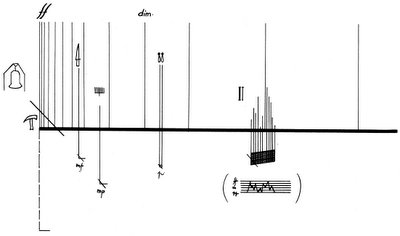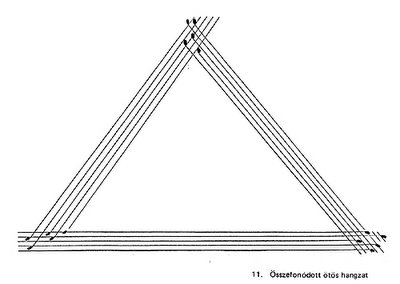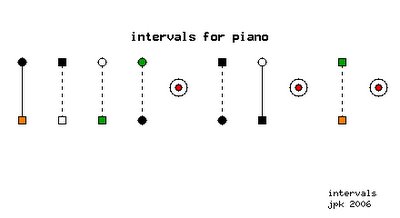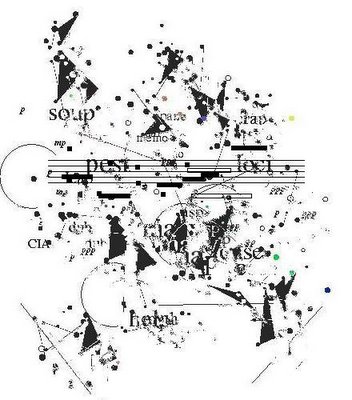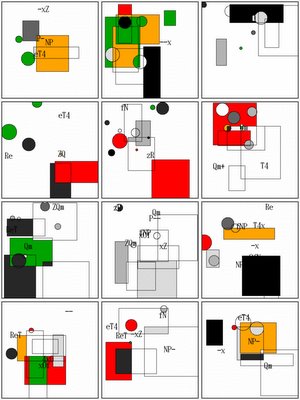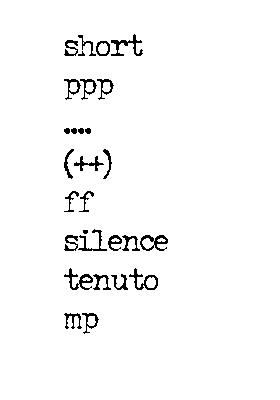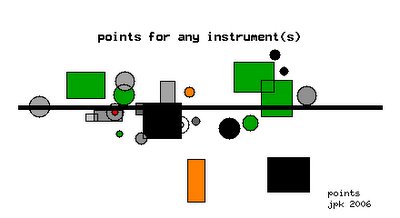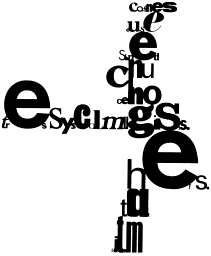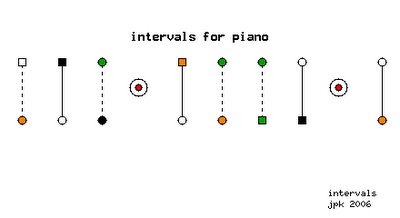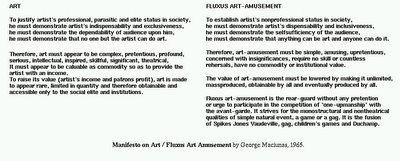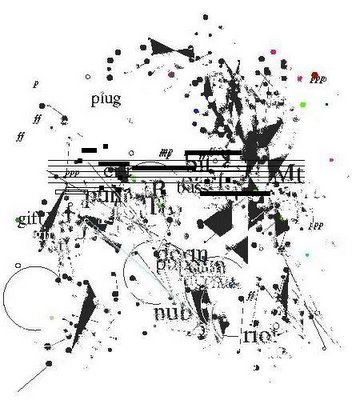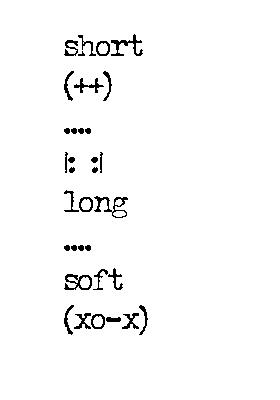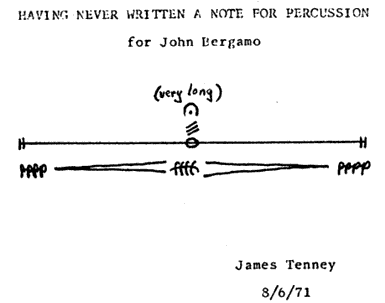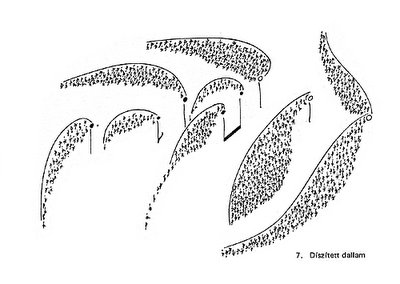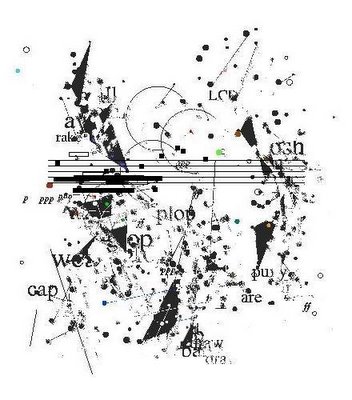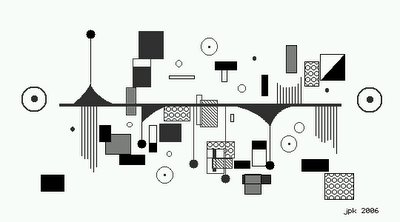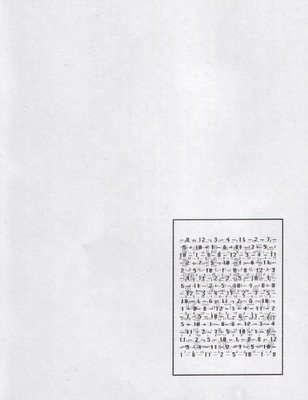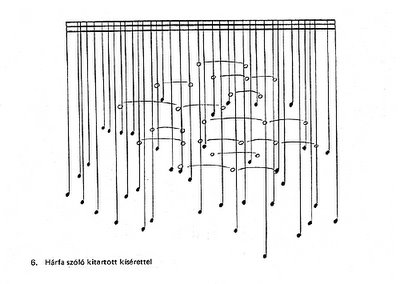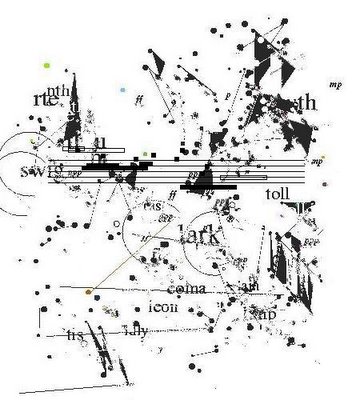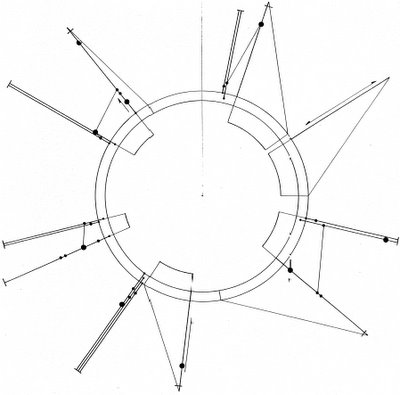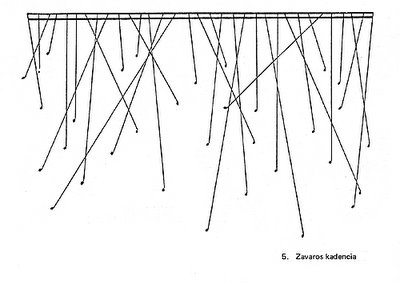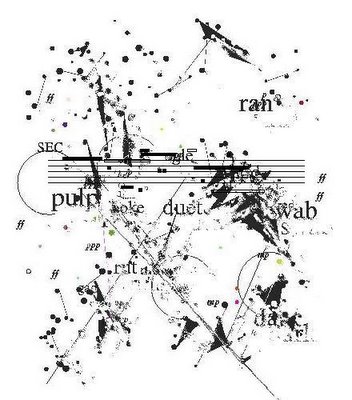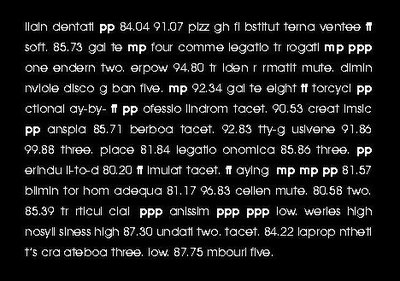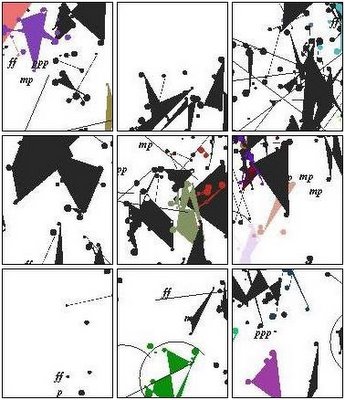Statement about my "metadramas"
by Dick Higgins
One of the main genres of Fluxus pieces of the 1960s is and was
"events." These were first done before Fluxus, and came to be
conceptually framed as a sort of cognate of happenings, which were new
at the time-that is, intermedial, free-form pieces which lay
conceptually among the bounds of music, theater and visual art. Events
differed from happenings in that they were always as compressed as
possible, minimal statements that would provide a mental or emotional
impact. But, of course, they were highly abstract. I did them, George
Brecht did them, and others of the Fluxus artists did them also though,
for the most part, somewhat later than 1958 when George, I, AI Hansen
and others studied with John Cage in his class at the New School for
Social Research in New York, a story which has been told, more or less,
to death.
However, events made their point and the genre became well defined
over the years, through Fluxus concerts and individual performances and
works by, quite literally, hundreds of artists. In the sixties, when
purely formal explorations seemed essential to sweep away the overly
personal baggage of the 1960s, this was a positive thing. However, in
the 1980s, when personal expression has been minimized, and when art
performances, the heirs in some respect of happenings, often celebrate
boredom and almost always deal essentially with technical and formal
concerns, it seems more desirable to do pieces which are mainly minimal
emotional statements or narrative ones, complete with characterizations
in most cases. I had done a few such pieces previously, but not so
consciously as now. I call them "metadramas" because they must be
dramatic in order to satisfy the criterion, and, the "meta-" part
suggests that they are "next to" or "about" what they relate to-that
is, some are dramas about the drama, while others simply don't pretend
to be dramas but do point in that direction. I wrote about sixty of
them in the summer of 1985, destroyed most of them, and then noticed
that they seemed to define a genre to which the earlier events belong,
though not vice versa.
Barrytown, New York
18 September, 1985
